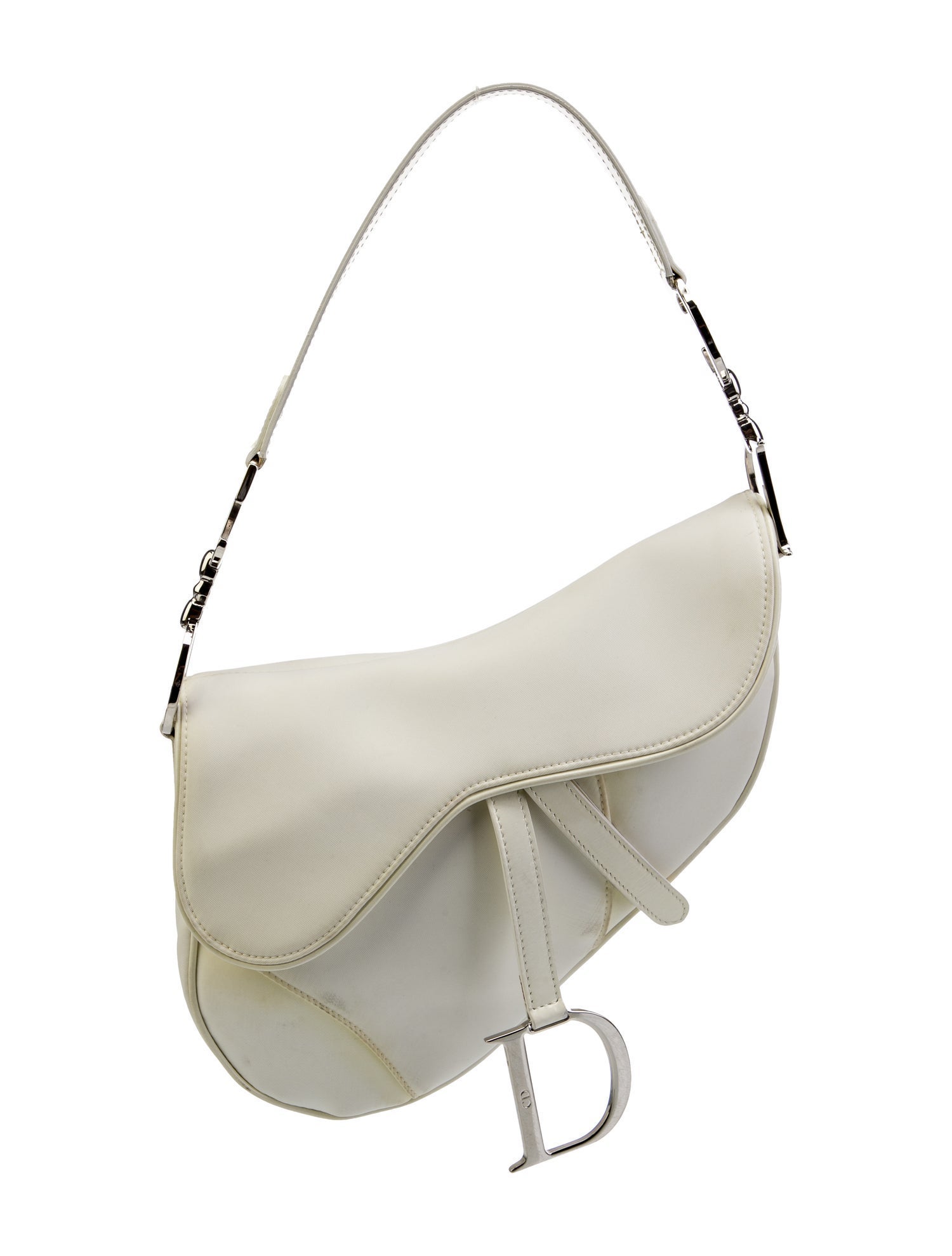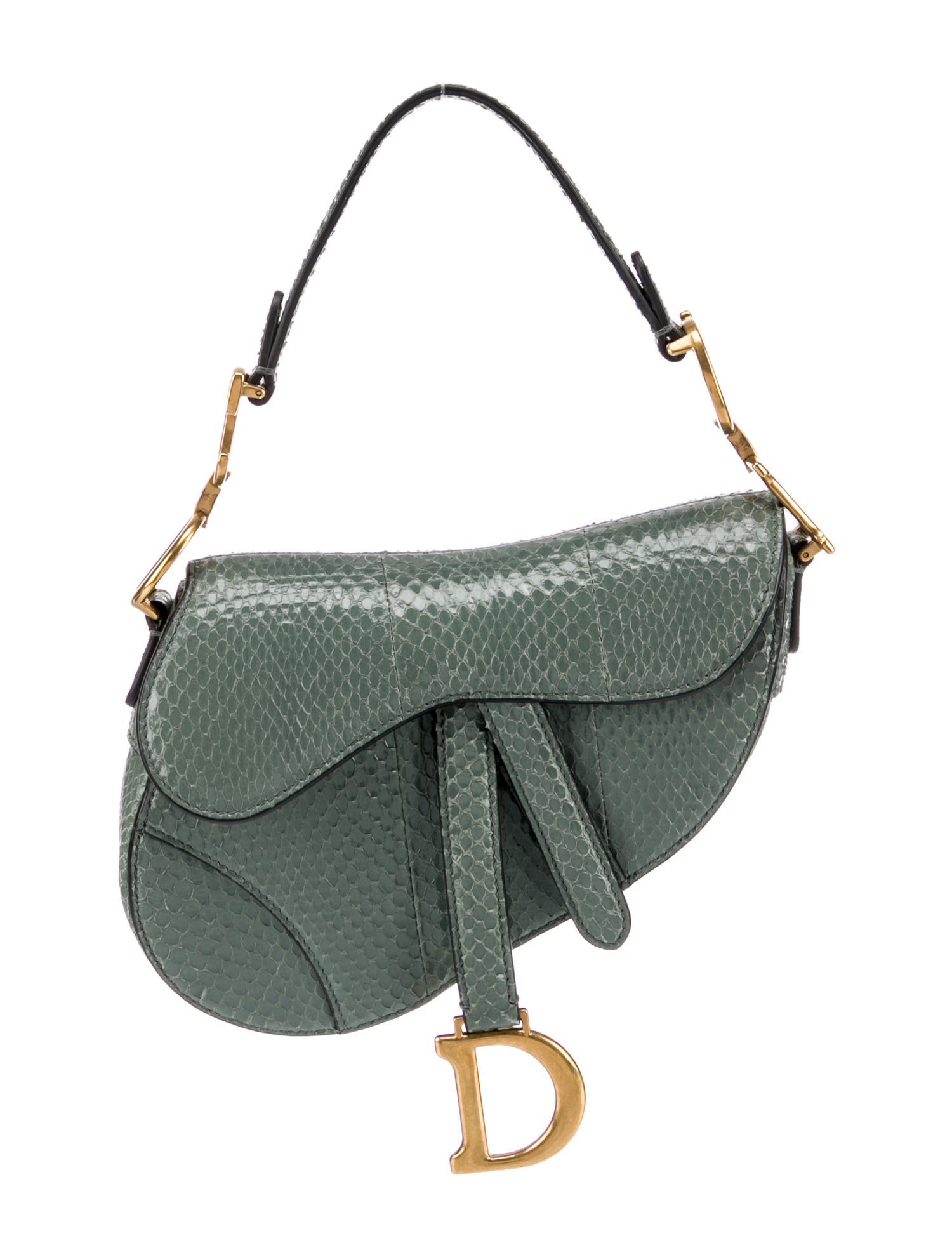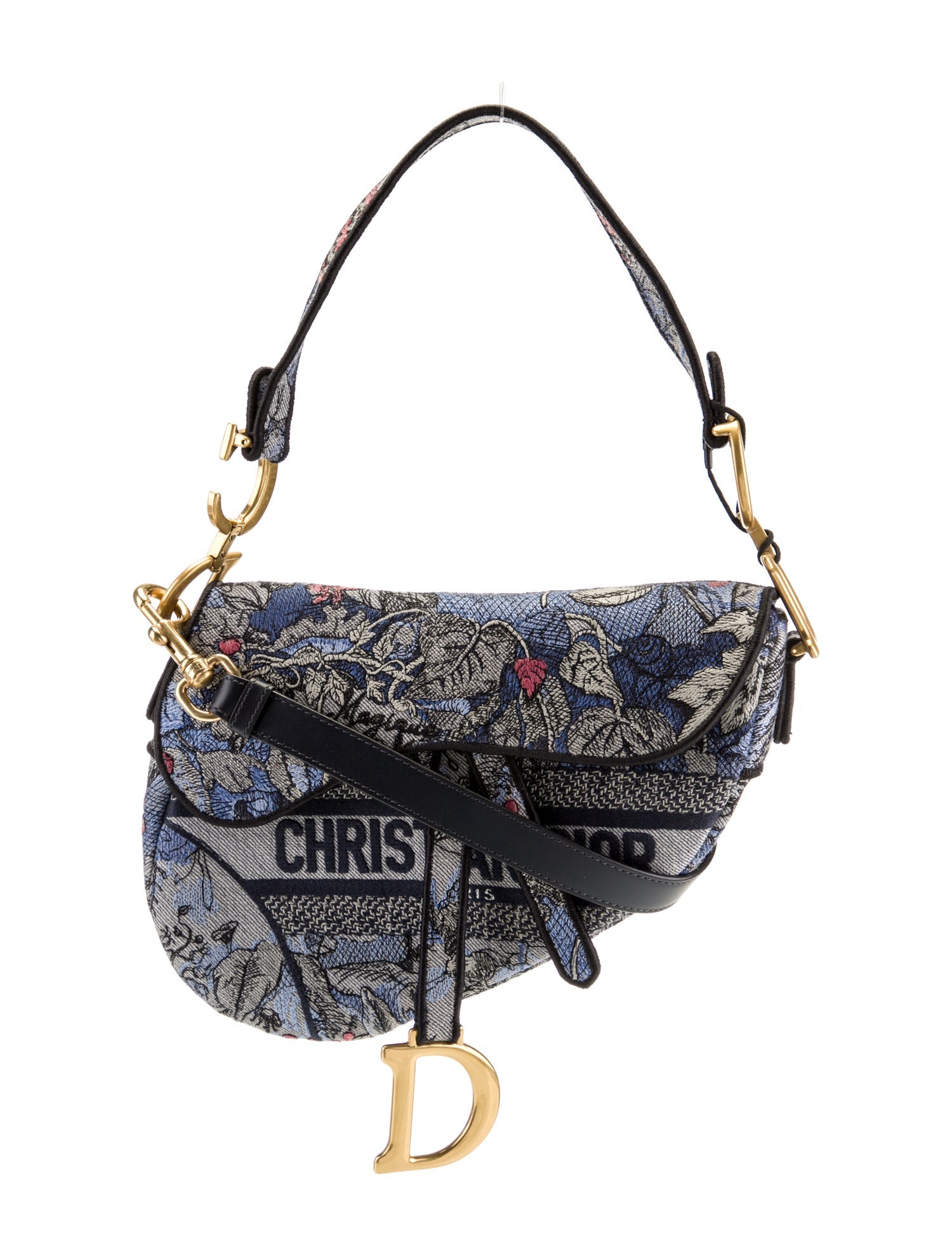Dior Saddle Bag The Real Real

The Dior Saddle Bag, a symbol of early 2000s luxury, has experienced a resurgence, fueling a thriving resale market. This boom, however, also brings concerns about authenticity and the responsibility of resale platforms like The RealReal in ensuring the products they offer are genuine.
The intersection of high demand, high prices, and the complexities of authentication has put The RealReal, a leading luxury consignment platform, under increased scrutiny.
Are they doing enough to combat counterfeits, and what recourse do consumers have when they inadvertently purchase a fake?
The Saddle Bag's Enduring Appeal and the Resale Market Boom
Originally designed by John Galliano in 1999, the Dior Saddle Bag quickly became a coveted accessory, gracing the arms of celebrities and fashion icons.
After a period of relative dormancy, the bag was re-introduced in 2018, sparking a renewed frenzy and driving up prices on the resale market.
Platforms like The RealReal, Vestiaire Collective, and others have become key players in this market, connecting buyers and sellers of pre-owned luxury goods.
The Allure of Resale and the Risks Involved
The resale market offers several advantages for consumers, including the opportunity to purchase coveted items at potentially lower prices and to participate in a more sustainable fashion cycle.
However, the secondhand nature of these goods also introduces the risk of encountering counterfeit items.
The sophistication of counterfeiters has increased dramatically, making it more challenging to distinguish authentic items from fakes.
The RealReal's Authentication Process: A Closer Look
The RealReal positions itself as a trusted source for authentic luxury goods, employing a team of experts, including gemologists, horologists, and brand authenticators.
According to their website, authenticators undergo rigorous training and utilize a multi-point authentication process that includes examining materials, construction, hardware, and branding details.
They also claim to have access to a vast database of authentic items and collaborate with brands to stay ahead of counterfeiting techniques.
Criticisms and Concerns Regarding Authentication
Despite these claims, The RealReal has faced criticism regarding the accuracy and consistency of its authentication process.
Numerous lawsuits and complaints have been filed by customers who allege they purchased counterfeit items from the platform.
These complaints often cite instances where obvious discrepancies were overlooked, raising questions about the training and expertise of the authenticators.
"We take authenticity very seriously and have invested heavily in our authentication process," stated a representative from The RealReal in response to recent inquiries. "We are constantly working to improve our methods and stay ahead of counterfeiters."
The Role of Technology in Authentication
In recent years, The RealReal and other resale platforms have begun exploring the use of technology, such as AI and machine learning, to enhance their authentication capabilities.
These technologies can analyze images and data to identify potential red flags and assist authenticators in making more informed decisions.
However, the effectiveness of these technologies is still being evaluated, and they are not a foolproof solution to the problem of counterfeiting.
Consumer Recourse and the Burden of Proof
When a customer suspects they have purchased a counterfeit item from The RealReal, they can file a complaint and request a refund.
The RealReal typically requires the customer to provide evidence of the item's inauthenticity, such as a written opinion from a third-party authenticator.
This can be a costly and time-consuming process, placing a significant burden on the consumer.
The Legal Landscape and Brand Protection Efforts
Luxury brands are actively working to combat counterfeiting through legal action and by collaborating with law enforcement agencies.
Brands like Dior often conduct their own investigations into counterfeit goods and work with resale platforms to remove infringing listings.
These efforts play a crucial role in protecting consumers and maintaining the integrity of the luxury market.
The Future of Authentication in the Resale Market
The ongoing battle against counterfeiting in the luxury resale market requires a multi-faceted approach.
This includes ongoing investment in authentication technology, improved training for authenticators, and greater collaboration between brands and resale platforms.
Furthermore, consumers need to be educated about the risks involved in purchasing pre-owned luxury goods and empowered to make informed decisions.
Transparency and Accountability: Key to Building Trust
For The RealReal and other resale platforms to maintain consumer trust, they must prioritize transparency and accountability.
This includes providing clear and detailed information about their authentication process and offering fair and efficient recourse for customers who purchase counterfeit items.
Ultimately, the success of the luxury resale market depends on the ability to create a safe and trustworthy environment for both buyers and sellers.


















